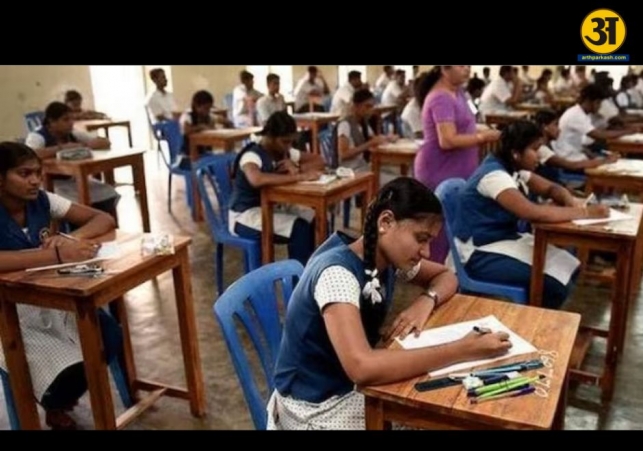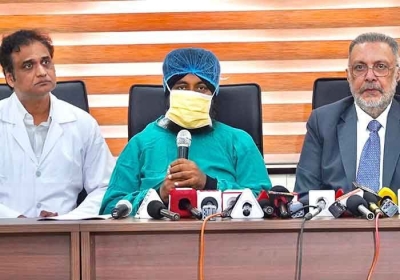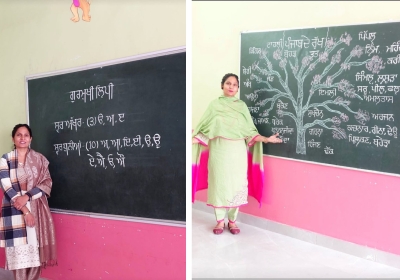
Digital blueprint to secure India’s exam system
Securing India’s examination ecosystem: a digital blueprint for the future
In India, exams are very important for students and job seekers. But sometimes, there are cases of cheating, question paper leaks, and identity fraud. These problems create doubt and stress among lakhs of candidates. As India becomes more digital, the examination system is also changing. Now, technology is being used to make exams safe, fair, and free from fraud.
Digital security is not only for banks or companies, but also for public exams like those held by the Staff Selection Commission (SSC). The SSC is one of the biggest recruitment agencies in the world. They now use a secure digital vault to protect question papers and other exam-related documents. This vault works with a system called the Zero Trust Model, where nothing is trusted by default—not even users inside the system. Everything must be verified first.
The digital vault stores questions in a safe space and only creates a question paper when needed. That means the paper does not exist until just 15 minutes before the exam. Because of this, there is no paper to leak ahead of time. It uses multiple layers of encryption and digital signature certificates to keep it secure. Only the authorised exam staff can open the paper, and every time someone accesses it, a record is created. These records are stored using blockchain so they cannot be changed later. This makes the process very transparent.
Earlier, before 2023, SSC used an old-style system that was slow, difficult to update, and not very secure. Now, they have a system built with microservices—small, independent parts that handle specific functions. For example, one part checks candidate details, another part manages exam slots, and so on. This helps in monitoring the system in real time and fixing problems faster.
This new system also uses Aadhaar-based facial recognition to stop impersonation. When a person registers for the exam, their photo is taken. At the exam centre, they must take a selfie again, and the system matches the two pictures. If they do not match, the system stops the person from taking the exam. This ensures that only the real candidate can appear and get the job later.
Stronger trust in Public Exams, technology builds confidence
Many people are now trusting the exam system more because of these security steps. When papers are sent just before the exam with high encryption, and identity is verified at every stage, the chances of cheating go down a lot. There is also a full audit trail which records who accessed what and when. If anything goes wrong, it can be tracked easily.
This secure model is not only useful in exams. The same technology is now being used in banking, healthcare, and insurance. Wherever identity theft is a risk, these solutions can help. With face recognition and AI-powered identity checks, sensitive information can be protected, and fraud can be reduced. The three key points in this system are:
-
Authentication – making sure the user is who they say they are.
-
Access Control – only giving entry to those with the right permission.
-
Accountability – keeping a record of every action for full transparency.
ALSO READ: Teaching in mother tongue boosts reading skills among Indian students
ALSO READ: IIT Kharagpur mulls steps to reduce mental stress among students
All these steps together make a strong and safe exam ecosystem. It shows that digital systems, if planned properly, can protect the future of students and job seekers. Exams are not just about marks—they are about national trust.
India needs to build systems that are not only fast and smart but also impossible to break. The SSC example shows that we can use digital technology to protect what matters most—fairness, honesty, and opportunity. With these strong protections, India can lead the world in secure digital examinations.





